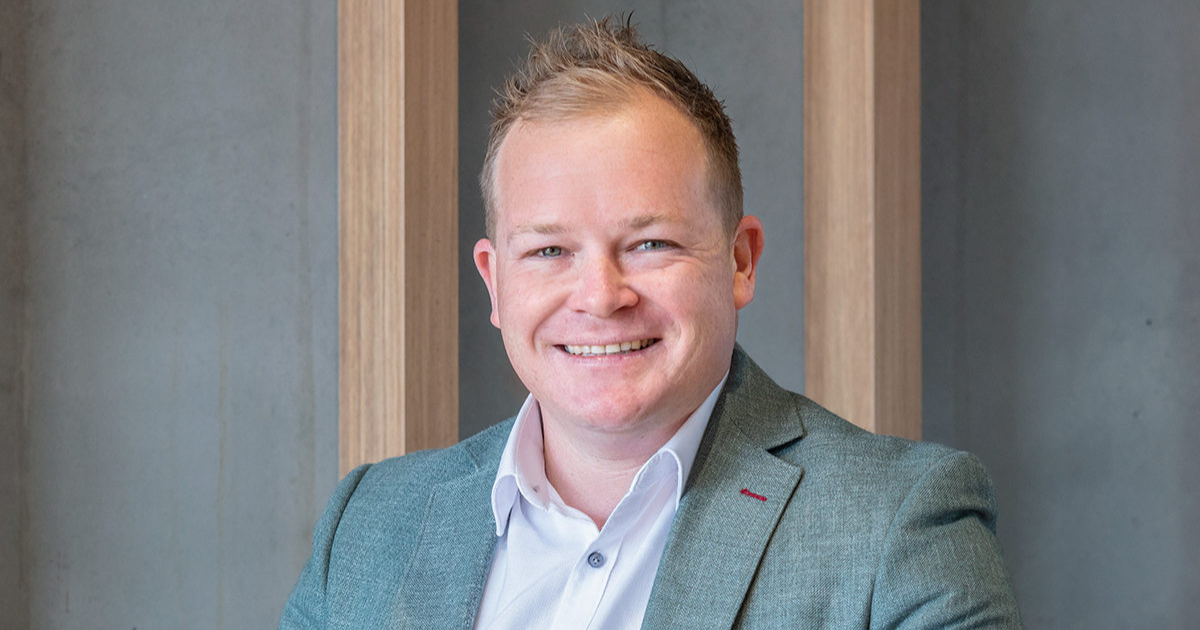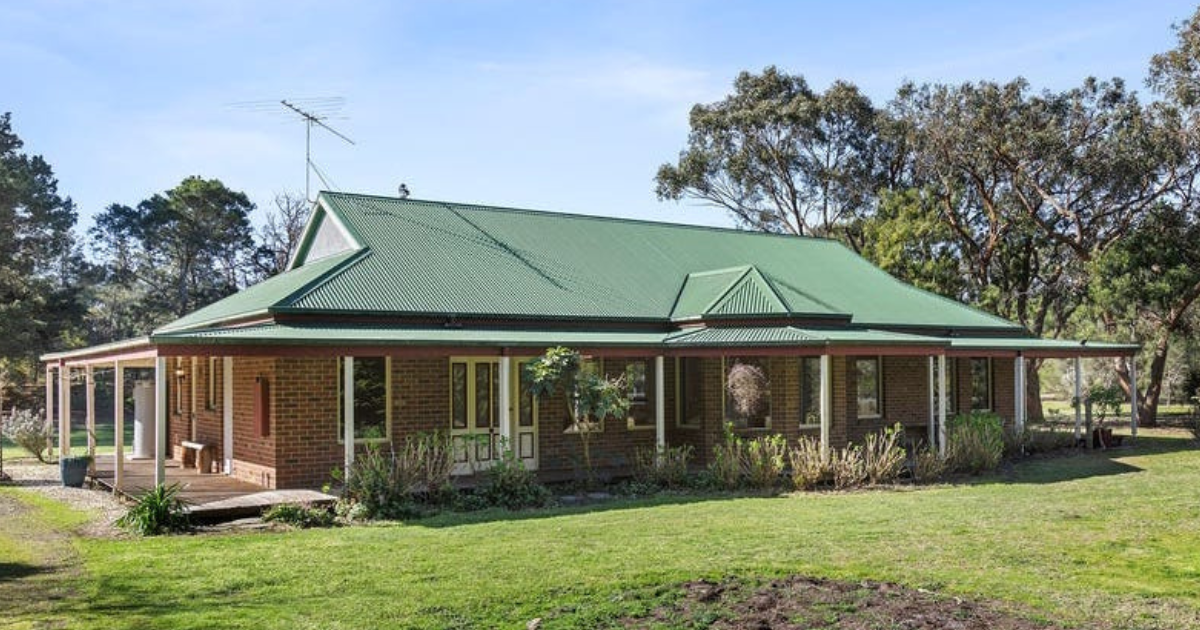Survey reveals two-thirds of investors in the negative

Investors are feeling the weight of increasing taxes, interest rate uncertainty, restrictive regulation and rising insurance premiums.
THE federal election has now been called, and the politicians are out promising the world to those that will listen, especially around the rental crisis, but do they realise that the depleted rental pool is a direct result of government interference at all levels of bureaucracy?
From hefty land and capital gains tax, along with restrictive regulation and rising insurance, investors are rethinking their portfolios, with many deciding to exit the market, thus reducing the rental pool as owner occupiers jump on the opportunity.
So, it’s timely that the findings from the 2024 Property Investment Professionals of Australia (PIPA) annual Investor Sentiment Survey have been released, reminding politicians that that two-thirds of property investors are in negative cash flow.
This means investors, who are the major player in the rental market, are having to top up mortgage repayments and property expenses, a sharp increase on the year before, according to PIPA’s research.
The 2024 PIPA Annual Investor Sentiment Survey found that nearly 65 per cent of respondents indicated that the rental income from their residential investment property or portfolio of residential properties was negative cash flow.
PIPA chair Nicola McDougall said the results reinforced the serious drag on investor finances during a time of high interest rates.
“There has been much conjecture and commentary about investors somehow cashing in from higher rents over the past few years, but this data shows that most investors need to tip in additional funds to keep their properties financially above water.
“Interest rates remain significantly higher than they were a few years ago and while rents have risen, they are a drop in the ocean compared to higher lending costs.
“Let’s not forget that the survey also found that 57 per cent of investors who were thinking about selling in the near future would do so because of higher holding costs being the number one reason.”
Further analysis of the survey data found that negative cash flow was reported by:
67 per cent of investors who own one property
72 per cent of investors who own two properties
66 per cent of investors who own three properties
According to the Australian Tax Office, 71 per cent of investors own just one dwelling, 18 per cent own two, and 5 per cent own three, a percentage that has been static for many years.
Drilling down into the data, the average property investor who owns one dwelling is not betting on their cash flow situation changing any time soon.
Ms McDougall said about 60 per cent of respondents who owned one investment property indicated they were expecting to be negative cash flow for at least five years, including 13 per cent who believe it will take at least 10 to 20 years or more.
“For those investors with two dwellings, 54 per cent expect to be negative cash flow for more than five years, including 14 per cent who say it will be at least 10 to 20 years.
“About 47 per cent of investors who own three dwellings indicated their portfolio will be negative cash flow for five years, with 11 per cent saying it will be that way for 10 to 20 years, according to the survey.”
Ms McDougall said negative cash flow was not a property investment strategy for educated investors, as it required additional financial input from their employment income or savings.
“Just consider that 42 per cent of survey respondents also indicated that their cash flows were tight with a further 11 per cent indicating that their working income was not covering the shortfall currently, so they were drawing on savings.
“It’s clear that investors and tenants are both struggling in the high property cost environment at present, however, investors are often doing without to ensure they can cover the shortfall between the rent they receive, and the high costs associated with owning one or two investment properties.”

















